Monday, 22 April 2024
Menu
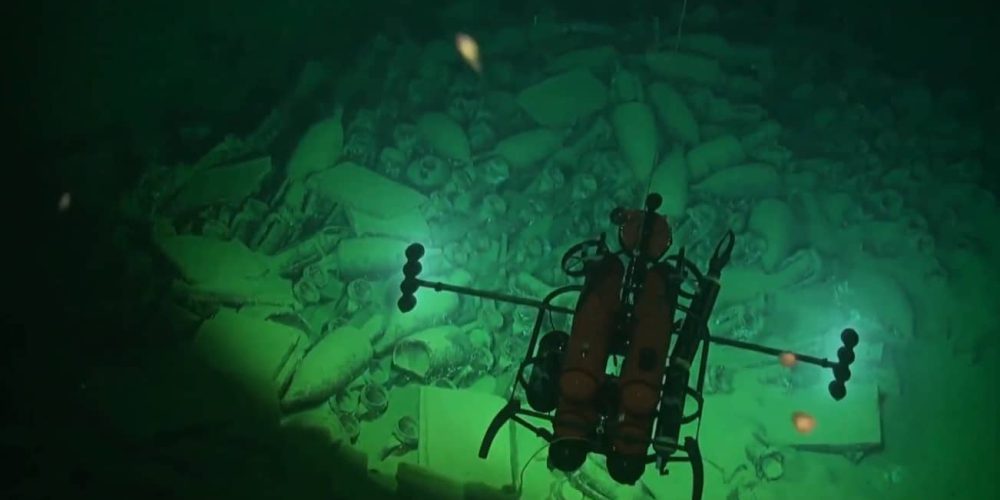
This magnificent discovery would not have been possible without the proper use of technological advances. The wreck described is in fact located at a depth of 640 metres, between the Apennine Peninsula and Corsica, near the island of Pianosa, and is completely out of reach of divers.

During the inspection carried out with the use of the Multipluto-2 robot, it was established, among other things, that the cargo of the found vessel consisted of amphorae, marble and bricks. According to archaeologists, the examined wreck and its contents should be dated most probably to the 1st or 2nd century BC.
For the robot-archaeologist, as the Italian media christened it, this is not the first such find. It has already been used in Sicily to carefully examine two Roman wrecks located on the seabed near Catania. However, at that time the depth did not exceed 55 metres.
In the summer of 2019, in turn, Multipluto-2 was used to perform photogrammetry on another Roman-era wreck, dating to the 1st century BC. This time the work was carried out at a depth of 280 metres near the island of Gorgona, 34 km off the coast of Tuscany.
The exploration and research work was made possible through the collaboration of the Faculty of Humanities of the University of Ca ‘Foscari in Venzia and the private foundation Actionmare, headed by Guido Gay, its titular engineer.


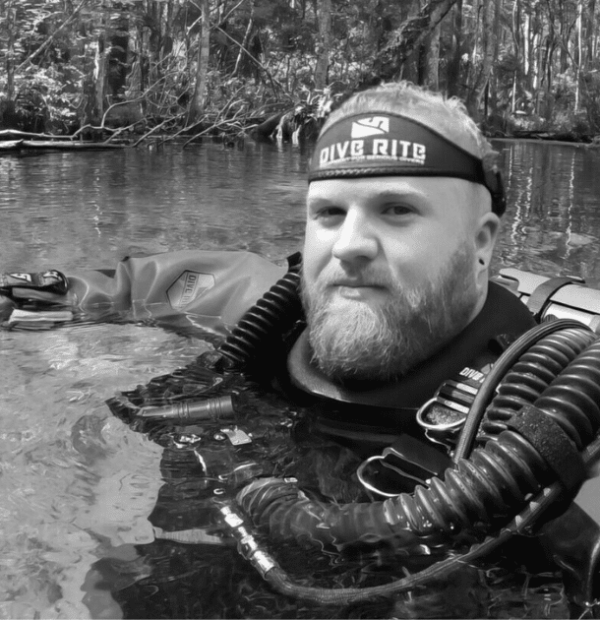

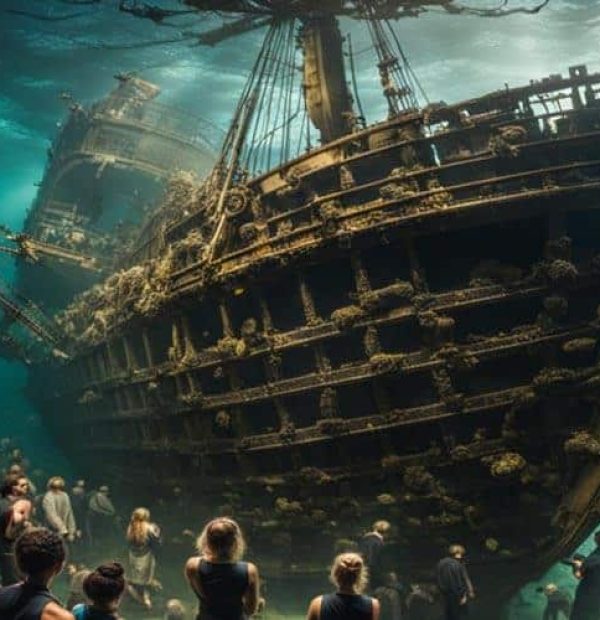
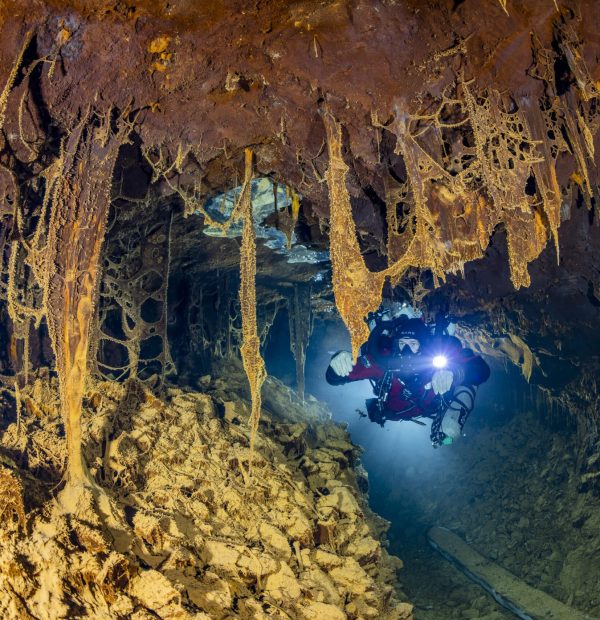
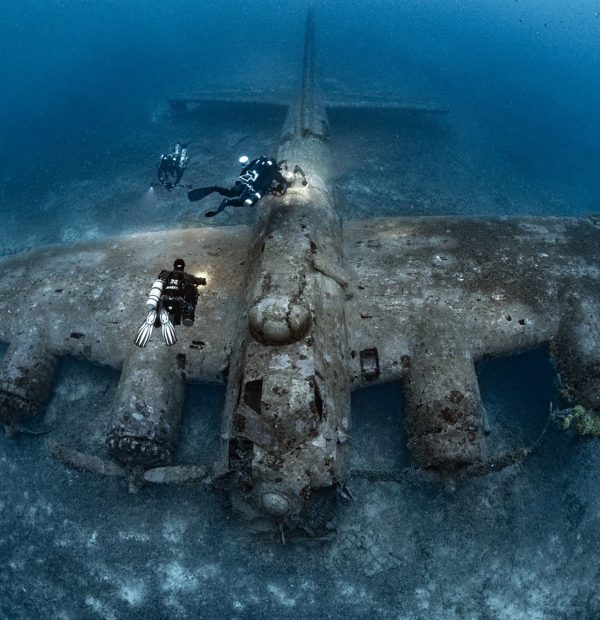
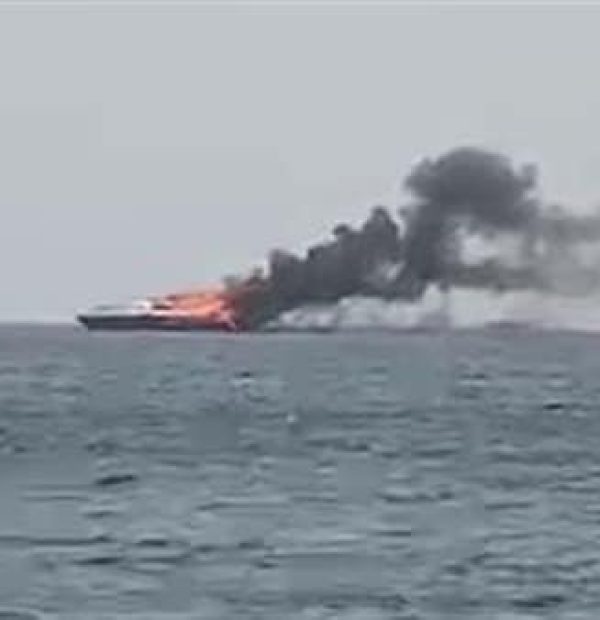
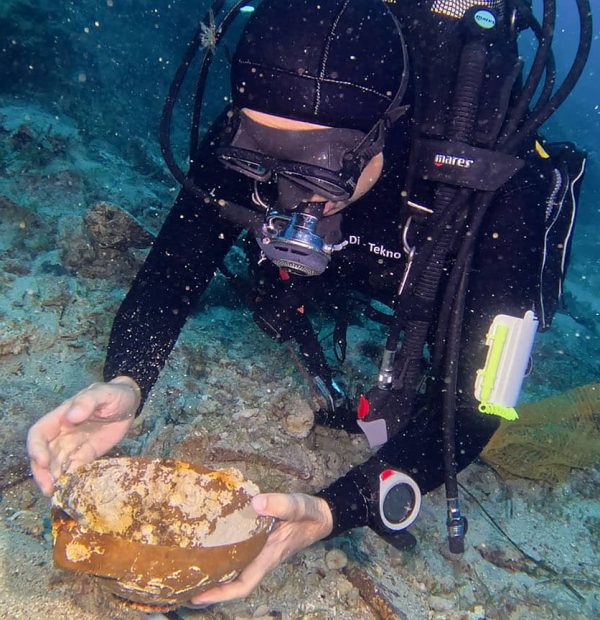

Welcome to DIVERS24.COM, your daily source of scuba news, freediving, scuba diving information, and equipment reviews. Our comprehensive coverage of the dive industry from A to Z provides you with all the latest scuba news, training updates, underwater photography tips, and everything else related to scuba diving. Whether you’re a beginner or an experienced diver looking for more knowledge about scuba gear or techniques – we’ve got it covered! With our in-depth articles written by experienced divers who have been there and done that, you are sure to find exactly what you need here at Divers24.com. Dive into scuba news today!
Underwater Media Sp. z o.o.
Szafarnia 11/F8,
80-755 Gdansk, Poland
Welcome to DIVERS24.COM, your daily source of scuba news, freediving, and scuba diving information. Sign in for a weekly news update and discount coupons for dive gear and apparel.
@2023 - underwatermedia.pl. All Right Reserved. Designed and Developed by Tworzenie stron internetowych Gdansk

The Divers24 portal is currently the largest online medium treating diving in Poland. Since 2010 we have been providing interesting and important information from Poland and around the world on all forms of diving and related activities.
Contact us: info@divers24.com